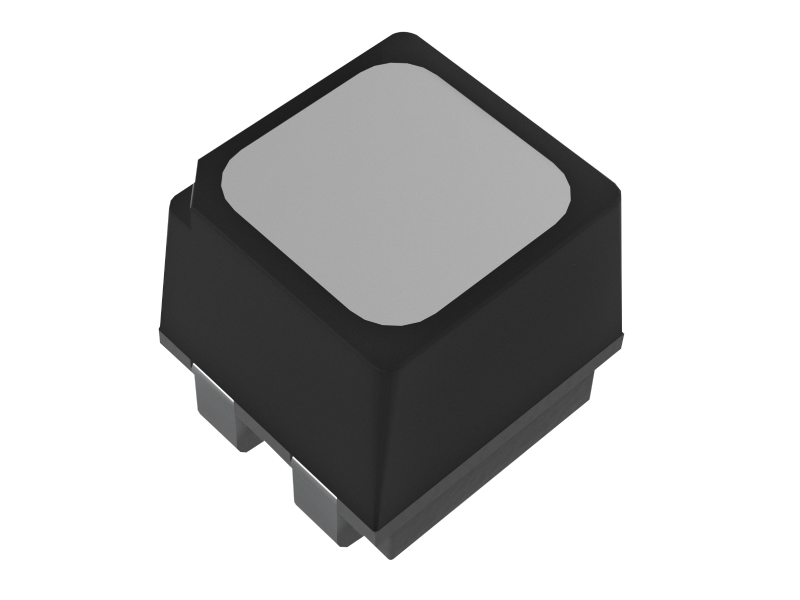Liquid crystal display (LCD) doesn’t illuminate itself. Backlight is the way that an LCD illuminates. And there are two ways available for LCDs, either the edge-lit type or the back-lit type. LEDs are placed in the back or at the edges of the frame of LCD panels to produce light and illuminate the pixels to produce images, hence the name edge-lit and back-lit LED displays. But in fact, they’re used to describe LCDs. Both of the two technologies have their own advantages and disadvantages. Let’s explore more into the two display technologies.

In an edge-lit LED display, the LEDs are positioned along the edges of the display panel. The light emitted by these edge-mounted LEDs is directed towards the center of the screen using light guides or diffusion layers.
In a back-lit LED display, the LEDs are placed behind the entire display panel, evenly distributing the backlight across the screen. This type of LED display is also known as direct-lit LED display.
Back-lit LED displays often utilize local dimming zones, allowing for better control over contrast and black levels. The individual LEDs or zones can be dimmed or turned off to achieve deeper blacks and enhance overall picture quality.
Edge-lit displays are thinner and lighter compared to back-lit displays, making them suitable for applications where a slim design is important. However, edge-lit displays may have limitations in achieving deep blacks and high contrast ratios compared to back-lit displays.
Both back-lit and edge-lit LED displays have their advantages and considerations. Back-lit displays generally offer better overall picture quality, including deeper blacks and higher contrast ratios, due to the direct distribution of light. On the other hand, edge-lit displays are often more slim and lightweight, which can be advantageous for certain applications where form factor is a priority. Let’s take a deeper look into the differences between edge-lit and back-lit LED displays.
A back-lit display places its backlight LEDs in the back of the panel, which makes the panel much thicker than an edge-lit display. This also makes the whole back-lit display panel heavier than an edge-lit display.
A back-lit display is much brighter since it has more LEDs in the back than an edge-lit display having LEDs only on its perimeters. Thus a back-lit display can be used in a dark room while an edge-lit display is limited to a well-lit space.
A back-lit display has better performance in local dimming function since it lights at the back of the panel and can dim a specific part of the whole display.
A back-lit display offers more uniform brightness and contrast than an edge-lit display, hence we acquire better image quality on a back-lit display.
An edge-lit display is more energy efficient since it has less LEDs than a back-lit display. It consumes less energy than a back-lit display.
Though a back-lit display has more LEDs and produces better image than an edge-lit display, it has a simpler design than an edge-lit display having light guide plate (LGP). Thus a back-lit display wins in cost efficiency.

Kinglight offfers a variety of LEDs for display manufacturing
In conclusion, choosing between an edge-lit display and a back-lit display usually depends on the purpose of your using. If you prefer more on image quality, a back-lit display is the way to go; if you need a slim and energy efficient solution, an edge-lit display is better.